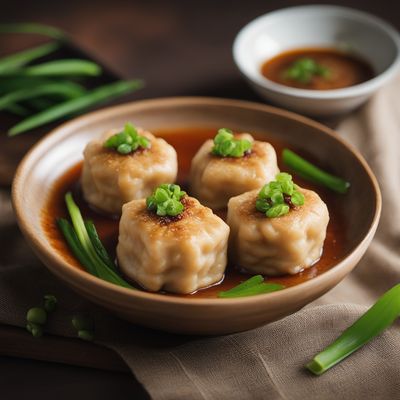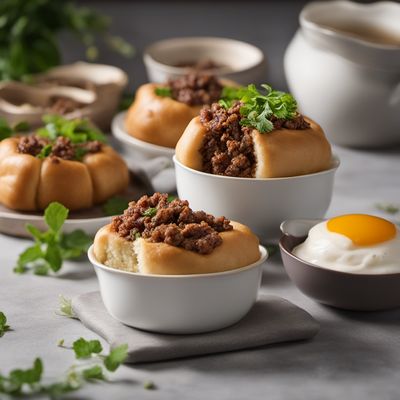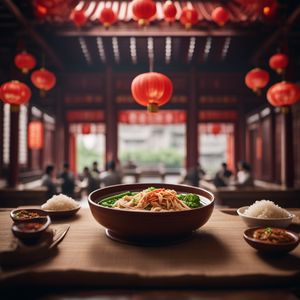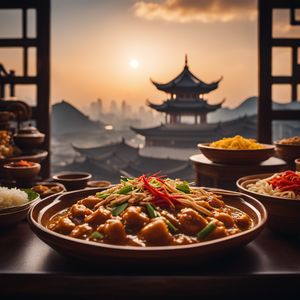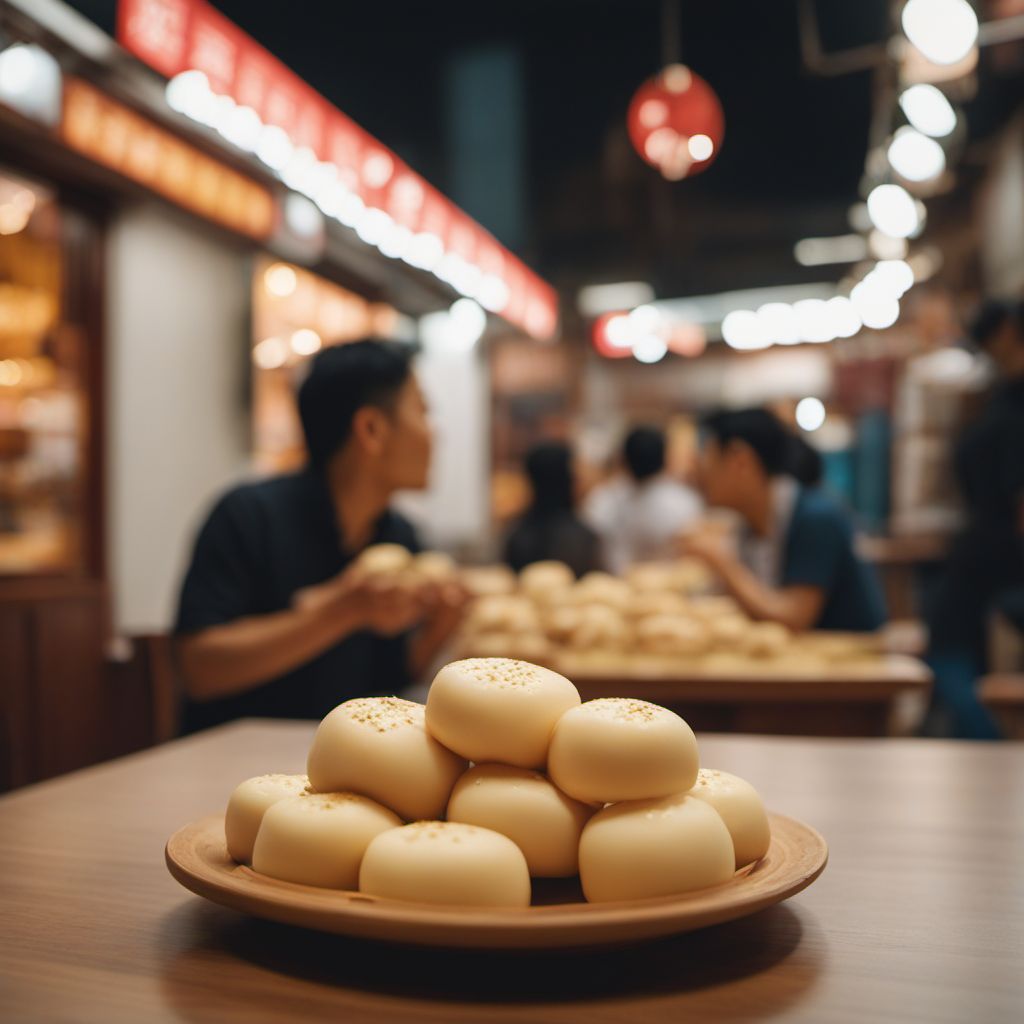
Dish
Shengjian mantou
Shengjian mantou is made from a simple dough of flour, water, yeast, and sugar. The dough is allowed to rise, then rolled out and filled with a mixture of ground pork, ginger, soy sauce, and other seasonings. A small amount of soup is added to the filling, which turns into a delicious broth when the buns are steamed. The buns are then pan-fried until the bottoms are crispy and golden brown. Shengjian mantou is a popular street food in Shanghai and other parts of China, and is often served with a side of vinegar and ginger.
Origins and history
Shengjian mantou is believed to have originated in Shanghai in the early 1900s. It was created by a chef who wanted to make a more portable version of the popular soup dumpling, or xiaolongbao. The chef added a small amount of soup to the filling of the bun, which turned into a delicious broth when the buns were steamed. The dish quickly became popular and spread throughout China and other parts of Asia.
Dietary considerations
Shengjian mantou is not suitable for vegetarians or vegans, as it contains pork. It is also high in calories and carbohydrates, so it should be consumed in moderation as part of a balanced diet.
Variations
There are many variations of shengjian mantou, including vegetarian versions that use mushrooms or tofu instead of pork. Some versions also include additional fillings, such as shrimp or vegetables. In some parts of China, the buns are served with a sweet soy sauce instead of vinegar and ginger.
Presentation and garnishing
Shengjian mantou is typically served in a bamboo steamer basket, with the crispy side facing up. It is often garnished with chopped scallions or cilantro. To eat, diners can dip the bun in vinegar and ginger, or in a sweet soy sauce if preferred.
Tips & Tricks
To make the perfect shengjian mantou, it is important to use fresh ingredients and to allow the dough to rise properly. The filling should be well-seasoned and not too wet, to prevent the bun from becoming soggy. When pan-frying the buns, it is important to use a non-stick pan and to cook them over medium heat until the bottoms are crispy and golden brown.
Side-dishes
Shengjian mantou is often served as a snack or appetizer, but can also be eaten as a meal. It pairs well with a variety of side dishes, including stir-fried vegetables, rice, or noodles. It is also delicious with a side of pickled vegetables or kimchi.
Drink pairings
Shengjian mantou pairs well with a variety of drinks, including beer, tea, or a light-bodied red wine. It is also delicious with a cold glass of milk or soy milk.
Delicious Shengjian mantou recipes
More dishes from this category... Browse all »
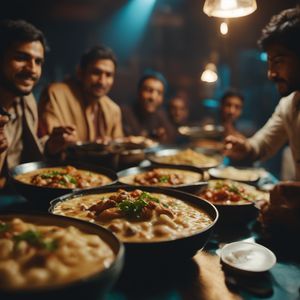
Afghan mantu
Afghan cuisine
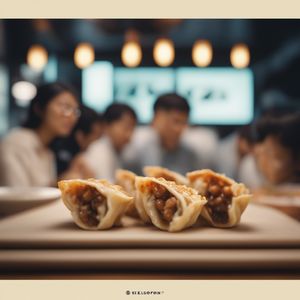
Age gyoza
Japanese cuisine
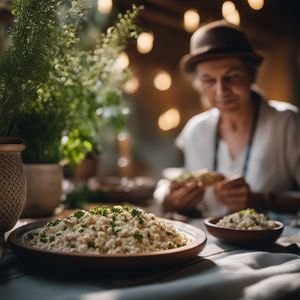
Ajdovi krapi
Slovenian cuisine

Ajdovi štruklji
Slovenian cuisine

Alivongvong
Lao cuisine
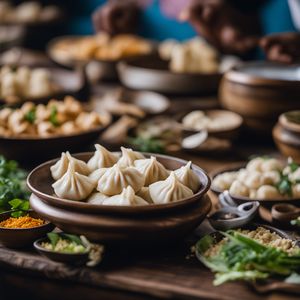
Amadombolo
South African cuisine

Aushak
Afghan cuisine

Ba wan
Taiwanese cuisine
